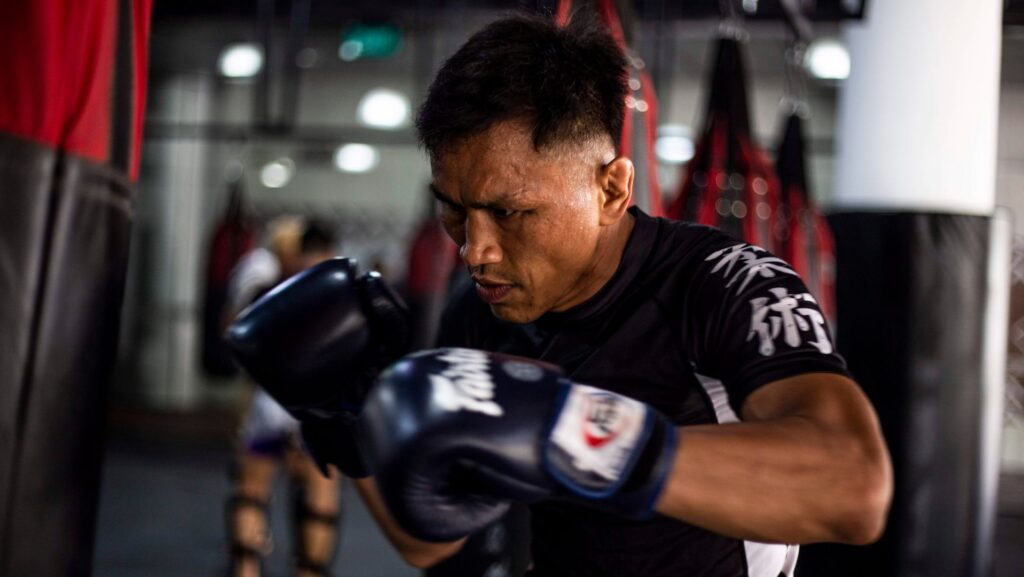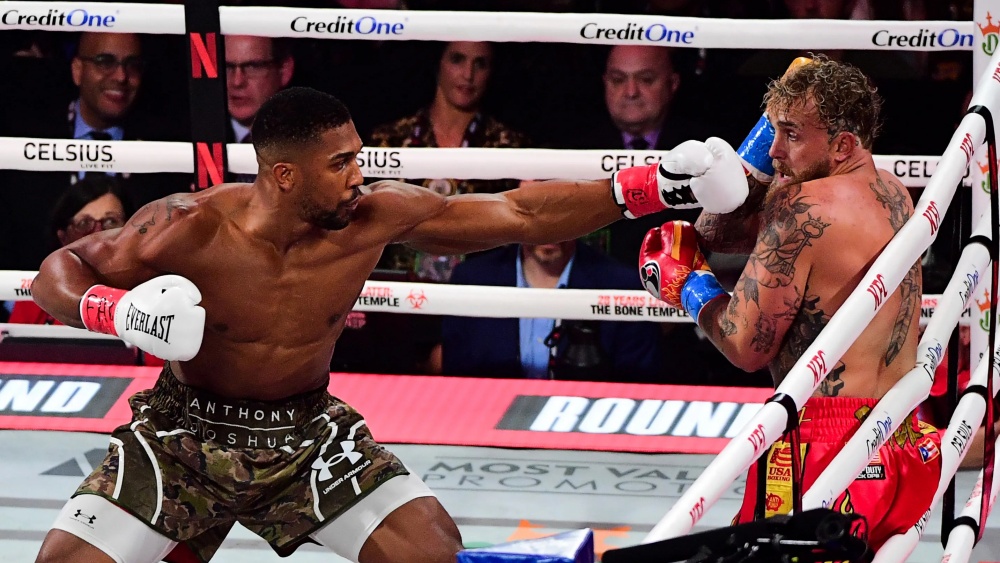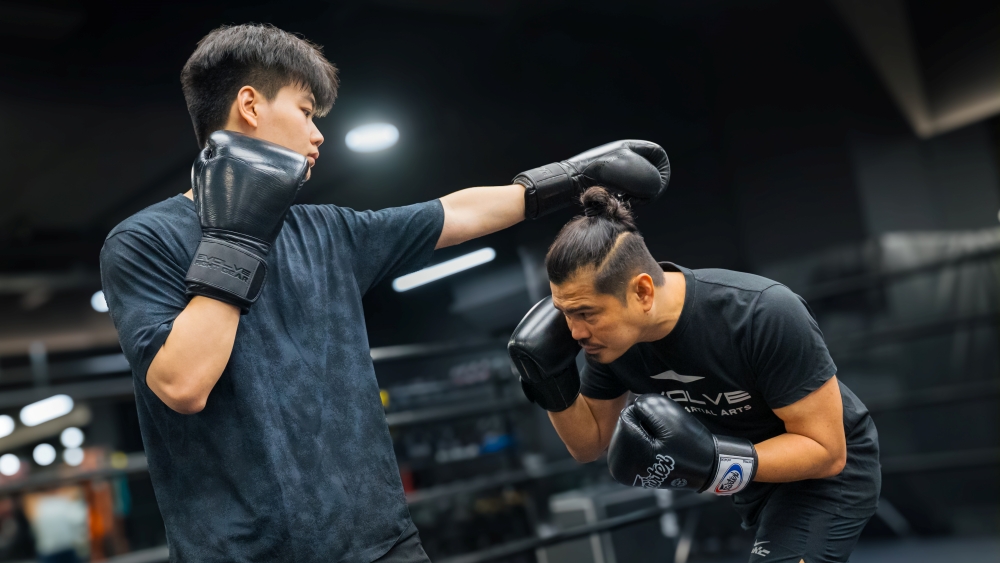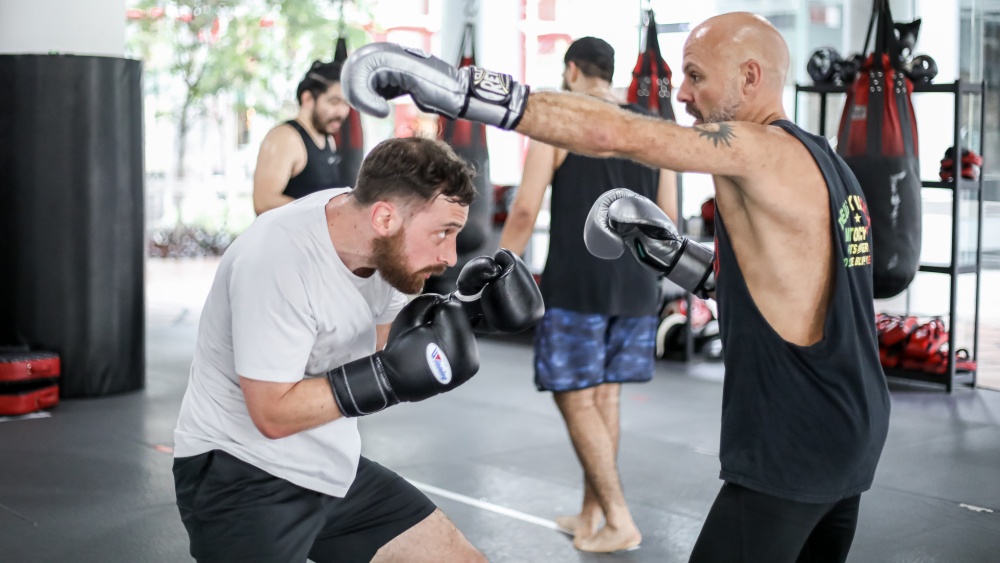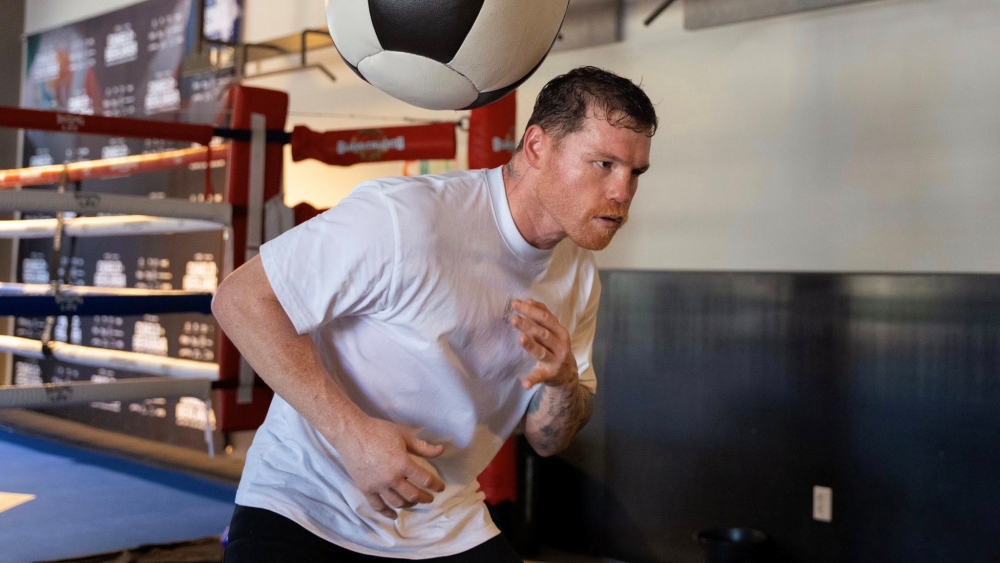Power in boxing is a crucial component for any fighter in training. In most cases, it can spell the difference between victory and defeat. Power is the ultimate equalizer in any fight. But harnessing your power isn’t as straightforward as simply packing on more muscle and ammunition. The key to harnessing power is to focus on the science of movement.
In boxing, technique turns good punchers into knockout artists.
It is all too easy to fall into the trap of prioritizing power over technique. Everyone wants to put on exciting performances and score thrilling knockouts. The allure of power is strong, especially in boxing where knockouts reign supreme.
But what fighters should realize is that technique isn’t just more important than power in boxing, it is the catalyst of power. With good, sound technique, a fighter’s form is enhanced, and his movements become tighter and more compact. This brings about the optimal flow that endows fighters with added power.
Power is a natural gift that cannot be taught or trained. You either have it or you don’t. But one way to harness latent power is to focus on technique. With sound technique, whatever kind of power you possess is amplified.
Want to become a stronger, harder puncher? Focus on your execution, rather than your muscles. Today, Evolve Daily shares four reasons why technique is more important than power in boxing.
1) There’s a science behind punching
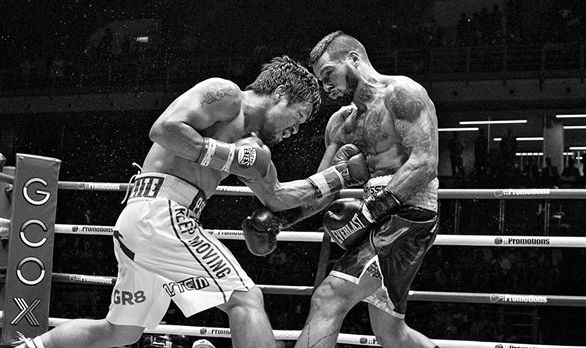
Contrary to popular belief, punching isn’t just about throwing as hard as you can and hoping to connect on your opponents with the best possible results. It’s more than that. There is a science to punching, and it is pretty intricate.
Learning to keep your punches tighter, maximizing the flow of movement, understanding how to transfer power from the base of the legs through the torso and finally to the fist — these are just some of the nuances that make up the science of punching. Execute your punches incorrectly, and you may not get the results you intended.
But execute your punches with proper technique and you increase the rate of connection, enhancing the power behind every landed punch, and ultimately giving you a better chance at knocking your opponent out.
Instead of focusing on increasing power, focus on improving technique in every training session.
2) Learning fundamentals is key
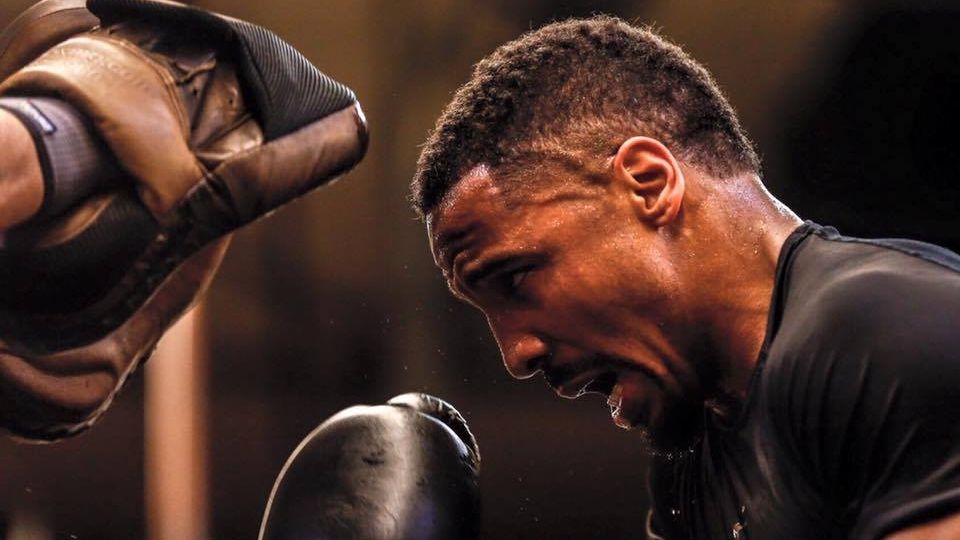
As is the case for every sport, not just in martial arts, learning and understanding the basics is absolutely key to your development as an athlete. This statement could not carry more truth than in martial arts.
Boxing, in particular, deals with a sharp learning curve from basic to advanced. The fundamentals are simple and easy enough to pick up, but very difficult to master. In fact, most boxers spend years honing their technique for it to reach an advanced level, which is why most professional boxers who have become successful began training at a young age.
As a beginner in boxing, place primary focus on honing technique, paying very close attention to learning and mastering the fundamentals as soon as you can. This requires logging many hours of repetitive training, best performed with a coach watching every movement closely, so you have a different perspective.
Once you have shown mastery in the fundamental skills of boxing, then you can move on to advanced techniques — all which will help move you forward and improve your power.
3) You can’t hurt what you can’t hit
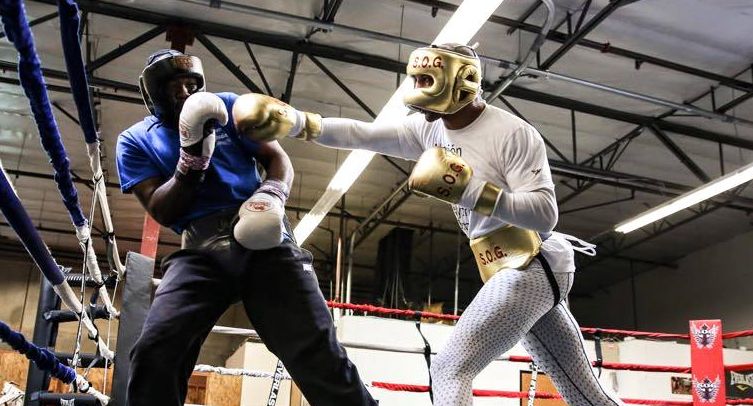
The prime objective before doing damage to an opponent should always be connecting punches and combinations at a high rate. In boxing, there is a saying that goes, “You can’t hurt what you can’t hit.” This carries a level of truth. Connecting cleanly is one of the main scoring categories in boxing. Clean and effective punching is always favored over the quantity of punches.
It doesn’t matter how hard you can punch, if you can’t land clean on your opponent, then your effectiveness takes a big hit. The only way to improve punch accuracy is by focusing on strategy and technique, combining the two together to form an intelligent offensive style.
It’s not enough that you are throwing a hundred punches every round, you have to connect at a high clip too. Once you clean up your combinations, pick your spots better and understand how to maximize your power by prioritizing technique, you will begin to notice an increase in your knockout potential.
4) Better technique means being more energy efficient
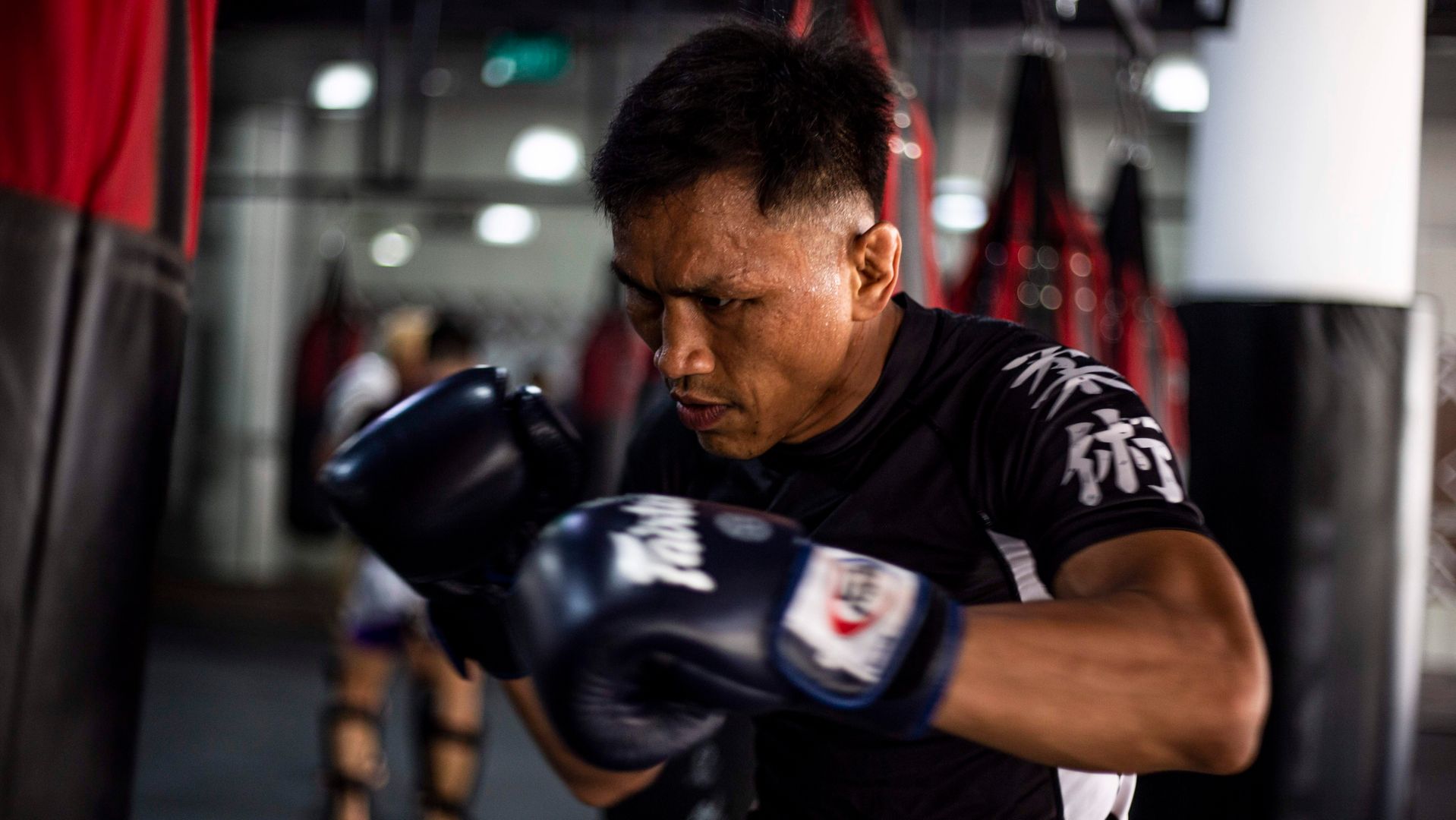
Last but certainly not the least, better technique means you become fuel efficient as a fighter, and are often fresher than your opponents towards the end of fights.
This is especially key when an opponent is a hard puncher. By ensuring you have more energy to finish fights, you can outwork and overwhelm your opponents through the final stretches of any bout.
By focusing on executing your combinations with proper technique, you become better at managing energy expenditure. You’re not wasting movements and burning unnecessary calories, of which you only have a limited supply in every bout. With better technique, you can maintain a constant energy level throughout a fight, and it will be hard for your opponents to keep up.
A lot of fights come down to conditioning, especially in the beginner and intermediate levels of competition. More often than not, it is the better-conditioned athlete and the one that employs better energy management that wins fights.
Throwing with power behind every punch is not a good way to manage energy levels. This is why technique is more important than anything else.
If you found this article interesting, here are some others that you may enjoy:
The 6 Most Controversial Decisions In Boxing History
The Not-So-Obvious Ways Joining A Boxing Gym Will Change Your Life
